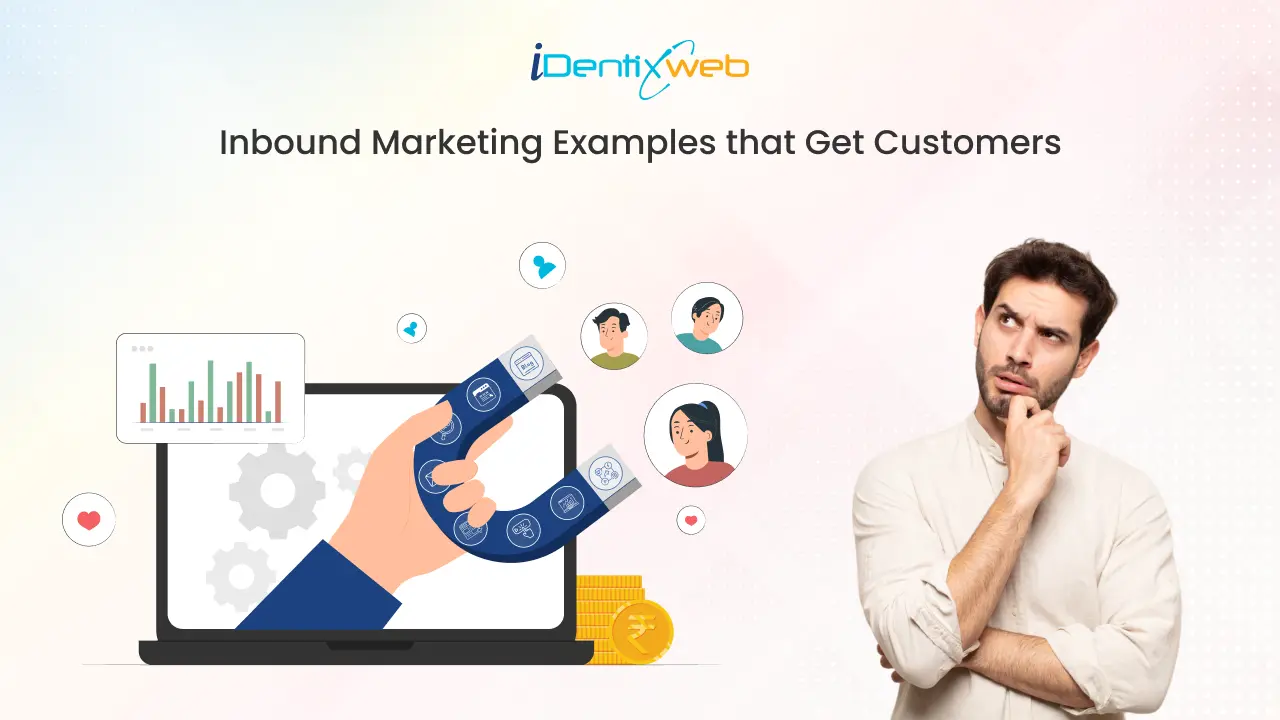
Tired of pushy ads and sales pitches? So are your customers. That’s why the most innovative brands today are flipping the script with inbound marketing.
Imagine discovering a blog, video, or free tool that solves your problem without asking for a dime. No hard sell, just real value. That’s inbound marketing at its best.
It’s about helping first and selling later. By offering valuable content, such as insightful blogs, educational videos, and marketing tools, businesses earn trust, attract the right audience, and turn curious visitors into loyal fans.
Let’s explore how these real-world examples of inbound marketing drive meaningful, sustainable growth.
In this article, you will discover real-world examples of inbound marketing used by brands like HubSpot, Shopify, and Moz to inspire your campaigns and attract more leads without pushing ads.
But first, what exactly is inbound marketing? Let's dive in.
What is Inbound Marketing?
Inbound marketing is a strategy for attracting potential customers to your website by offering valuable content and experiences rather than pushing ads or promotions.
The goal is to naturally draw people in, help them get to know your brand, and build trust over time. Your business is already at the top of their minds when they're ready to purchase because you’ve provided value from the start.
Inbound marketing techniques work in four simple stages: Attract → Engage → Convert → Delight. These steps guide a customer’s journey from discovering your brand to becoming a loyal fan.
So, what does success with inbound marketing look like in real-world scenarios?
The truth is, inbound marketing remains one of the most effective ways for businesses to reach the right audience, spark engagement, and turn casual visitors into loyal customers. When done right, it feels less like marketing, and more like helping.
Let’s dive into some real-world inbound marketing examples that prove how impactful this approach can be.
Best Inbound Marketing Examples to Inspire You
By exploring these examples of inbound tactics, you’ll see what success looks like and gain insight into the strategies that make them work. From creative content to innovative SEO strategies and personalised user experiences, each brand has found its unique way to attract and engage customers.
And the best part? You can borrow and adapt these proven tactics to strengthen your inbound marketing approach.
So, let’s break them down—one powerful example at a time.
Blog – Educating Through Searchable Content
Imagine you're a small business owner trying to grow your brand on social media. You search “how to create a social media strategy” on Google and click the first link you see. It leads to a strategic blog post.
- It gives you clear steps.
- It shares valuable tips.
- It even includes free templates.
The information is easy to understand and full of value, and it didn’t cost you a thing.
You feel like you’ve struck gold. That’s the power of incredible content-led growth.
Real example: HubSpot’s blog covers content marketing, SEO, and more. Each post is packed with practical tips that can be easily found on Google, which helps turn readers into loyal leads.
Source: HubSpot
Why Blogs Work for Inbound Marketing
- Attract people actively searching for solutions.
- Build trust through helpful, non-promotional content.
- Boost SEO visibility and website traffic.
- Establish your brand as a knowledgeable authority.
- Convert readers into leads over time.
An Infographic – Simplifying Data for Quick Learning
You are scrolling through social media and see a bright, eye-catching infographic. It shows easy steps on “How to Boost Engagement on social media like Instagram.” It is simple, straightforward, and helpful, so save it for later when you need quick tips.
Real example: Neil Patel shares infographics on his blog and social media that visually explain tricky marketing ideas, like how to grow your blog or get more traffic.
Source: Neil Patel
Why Infographics Work in Inbound Marketing
- Turn detailed data into digestible, eye-catching visuals.
- Help your audience learn quickly and effectively.
- Highly shareable on social platforms and blogs.
- Boost brand visibility and engagement.
- Encourage saves, shares, and backlinks.
A Whitepaper – Deep Dives for Decision Makers
Assume you are a CEO searching for the right software for your business. You come across a whitepaper called “The Future of Customer Experience.” It’s packed with helpful data, tips, and trends that guide your decision.
Real example: Koozai, a digital marketing agency, creates simple and useful whitepapers on topics like SEO, content funnel strategy, and paid ads. These whitepapers teach businesses while showing that Koozai knows its stuff, making it a trusted expert in digital marketing.
Source: Koozai
Why Whitepapers Work in Inbound Marketing
- Deliver valuable, research-backed content.
- Speak directly to high-level professionals and decision-makers.
- Boost brand authority and trust.
- Often gated—helping you collect qualified leads.
- Influence big purchasing decisions by showing industry expertise.
An Ebook – Comprehensive Learning for Leads
You’re trying to understand SEO but don’t know where to start. You find a free ebook called “The Ultimate Guide to SEOin 2025.” It explains everything clearly—from basics to advanced tips. You download it and learn how to boost your website on Google without paying a cent.
Real Example: Moz, a popular SEO company, gives away free ebooks like “The Beginner’s Guide to SEO.” These ebooks are simple, helpful, and full of valuable tips. Moz uses them to teach people and collect emails, turning readers into leads.
Source: Moz
Why Ebooks Work in Inbound Marketing
- Provide in-depth, valuable content in one downloadable resource.
- Serve as an effective lead magnet to capture contact information.
- Help nurture leads by offering substantial knowledge upfront.
- Build trust and brand authority by delivering comprehensive and educational content.
- Grow email lists and create opportunities for further engagement.
A Case Study – Real Results with Real People
You’re considering trying a new project management tool but aren’t sure if it’s worth it. Then you find a story about a company like yours that used the tool and saw significant improvements, like better teamwork and 50% more productivity. That success story gives you the confidence to try it too.
Real Example: Slack shares case studies showing how big names like IBM and NASA use their platform to improve their work. These real-life stories also help you see how the tool can work for your business.
Source: Slack
Why Case Studies Work in Inbound Marketing
- Offer credible, real-world proof of how your product or service works.
- Help potential customers see the practical benefits and results they can expect.
- Build trust by showcasing successful use cases from well-known companies.
- Provide a relatable, compelling story that resonates with your target audience.
A Podcast – Connecting Through Voice
You are on a long drive and play a podcast called “The Art of Building a Brand.” In the episode, a business owner shares how they started small and grew their brand. You pick up valuable tips and feel inspired to try them in your business.
Real Example: Shopify has a podcast called “Shopify Masters,” where real entrepreneurs talk about how they built successful online stores. It’s full of helpful advice for anyone growing their own brand. It's easy to listen to and easy to learn.
Source: Shopify
Why Podcasts Work in Inbound Marketing
- Allow brands to connect with their audience through authentic and personal conversations.
- Engage customers during their daily routines (commuting, exercising, etc.), providing flexibility for listening.
- Build trust by showcasing real stories, advice, and experiences from entrepreneurs.
- Create a sense of community and foster loyalty by providing regular, valuable content.
A Video Series – Teaching Through Visuals
You just started using a new social media tool, but don’t know how it works. You can find short videos on YouTube showing step-by-step instructions on how to use each feature. After watching a few, you feel confident and know exactly what to do.
Real Example: Canva shares helpful and straightforward video tutorials on YouTube. These videos teach you to design great graphics, whether a beginner or an expert. It's a fun and easy way to learn.
Source: Canva
Why Video Series Works in Inbound Marketing
- Engages viewers with clear visuals and examples, making it easier to understand concepts.
- Perfect for visual learners who benefit from seeing things in action.
- Breaks down complex information into bite-sized chunks, making learning enjoyable and practical.
- Helps users feel more confident and empowered while using a product or service.
SEO (Search Engine Optimization) – Attracting with Search Intent
You need a good productivity app, and you search for “best productivity apps for entrepreneurs.” One of the top results is a blog post from Notion that lists productivity apps and includes a thorough breakdown of why Notion is the best for team collaboration. You click the link and discover a tool that could change your work life.
Real Example: Notion uses SEO to attract organic traffic by optimizing its content for search terms related to productivity, organization, and team collaboration. It ranks highly in search engines, which brings new potential customers to its site.
Source: Notion
Why SEO Works in Inbound Marketing
- Targets the search terms that your ideal customers are already using.
- Drives organic traffic to your site, helping you reach users actively looking for your product or service.
- SEO brings in consistent leads over time without ongoing ad spend when done right.
PPC Ads (Pay-Per-Click) – Supporting Content with Smart Promotion
If you are on Instagram, see an ad for a free social media calendar. It looks helpful, so you tap on it. It takes you to a page where you can download it by entering your email. Quick and simple!
Real Example: Later, a tool for scheduling social media posts runs ads like this to offer free templates and guides. These ads help them reach people who want to plan content better and turn them into leads.
Source: Later
Why PPC Works in Inbound Marketing
- Helps amplify your high-value content (e.g., ebooks, calendars, templates).
- Reaches a broader and targeted audience fast.
- Drives qualified traffic to your website or landing page.
- Converts visitors into leads by offering something valuable in exchange for contact info.
Live Chat & Chatbots – Helping in Real-Time
You’re browsing a website looking for a custom T-shirt. You are unsure about the sizing or delivery time, but a chat window pops up: “Hi! Need help choosing the right size?” You ask your question and get an instant response. Now, you feel confident about placing your order.
Real Example: H&M uses chatbots and live chat on its online store to guide customers in real time. If a shopper has questions about product details, sizing, or return policies, the chatbot helps them quickly with the proper result, making the shopping experience smoother and more personal.
Source: H&M
Why PPC Works in Inbound Marketing
- Offers instant help during the buying process.
- Reduces purchase hesitation.
- Acts like a 24/7 salesperson for your store.
- Boosts customer satisfaction and conversion rates.
Final Words
Start by picking one of the 10 examples we’ve shared. Implement it this week. It’s as simple as that.
Not every tactic will perfectly fit your business, and that’s okay. You might find that only one or two truly resonate with your audience and goals. Inbound marketing isn’t about trying everything simultaneously; it's about experimenting, learning, and refining your approach over time.
Once you discover what works best for you and consistently lean into it, you’ll see qualified leads come in naturally. You don’t have to be a marketing expert—just strategic, valuable, and authentic.
So, pick one tactic from the list, implement it this week, and transform your traffic into loyal customers. The sooner you start, the sooner you grow. Watch your audience grow organically.
Frequently Asked Questions
1. What are some examples of inbound marketing?
Blogs, SEO, social media, eBooks, webinars, videos, and email newsletters.
2. Why should I use inbound marketing?
It builds trust, attracts qualified leads, and delivers long-term results at a lower cost.
3. How is inbound marketing different from outbound marketing?
Inbound pulls customers in with insightful content; outbound pushes messages out through ads or cold calls.
4. Can inbound marketing work for small businesses?
Absolutely! Inbound marketing is cost-effective, scalable, and ideal for small businesses looking to grow with limited budgets.
5. How does SEO support inbound marketing?
SEO ensures your content ranks in search engines, helping attract organic traffic to your site.
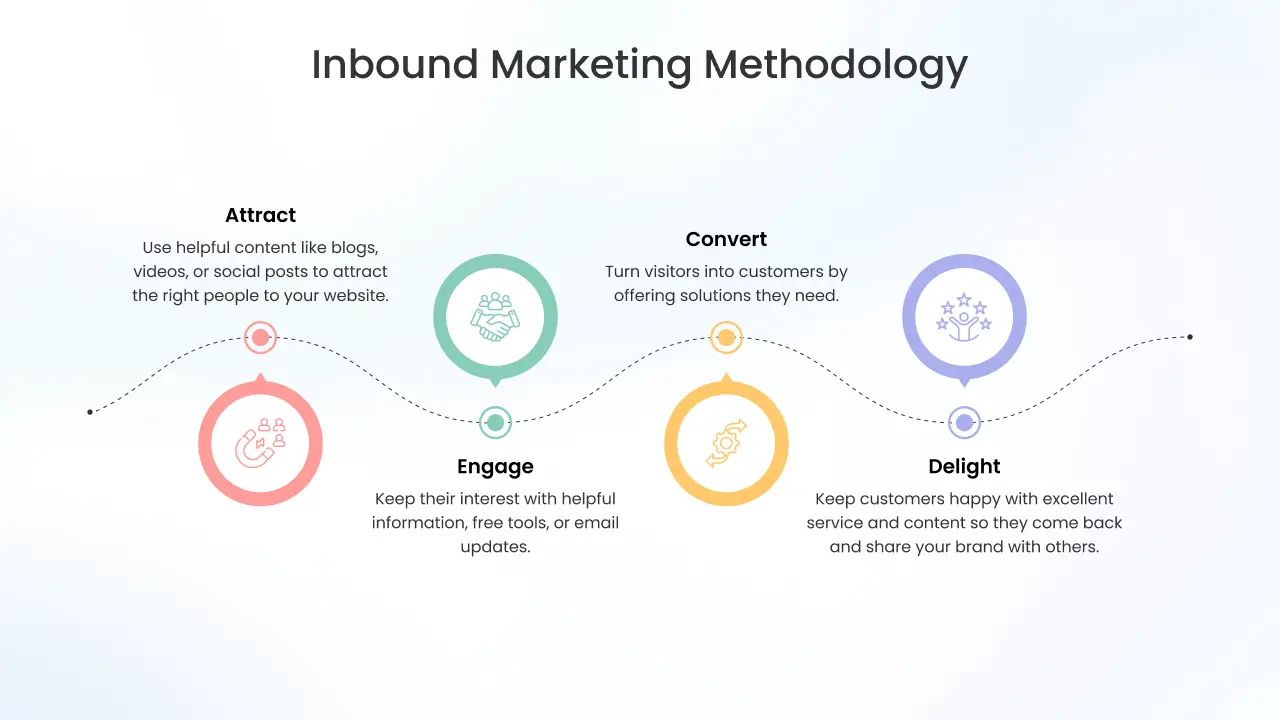
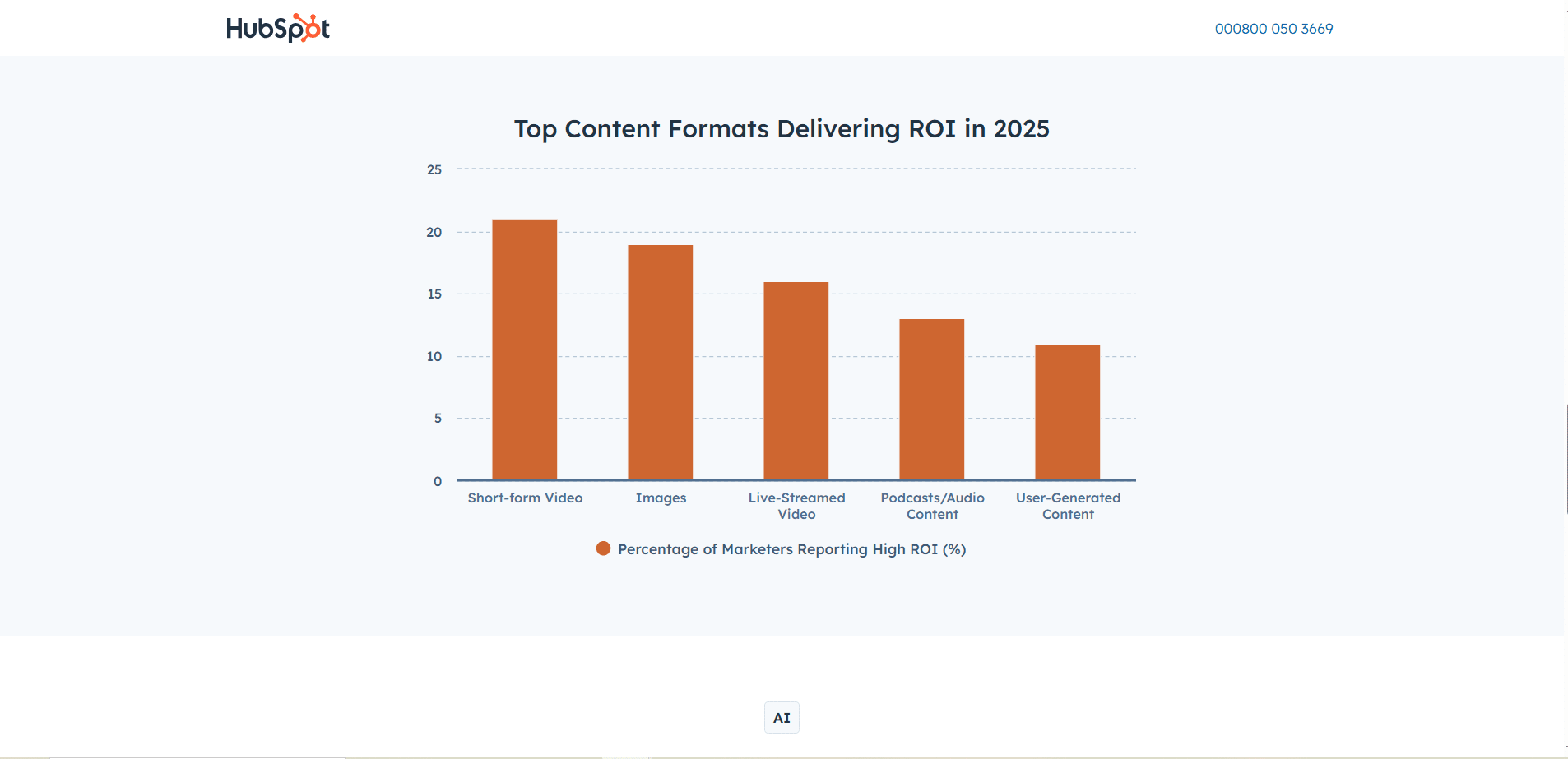
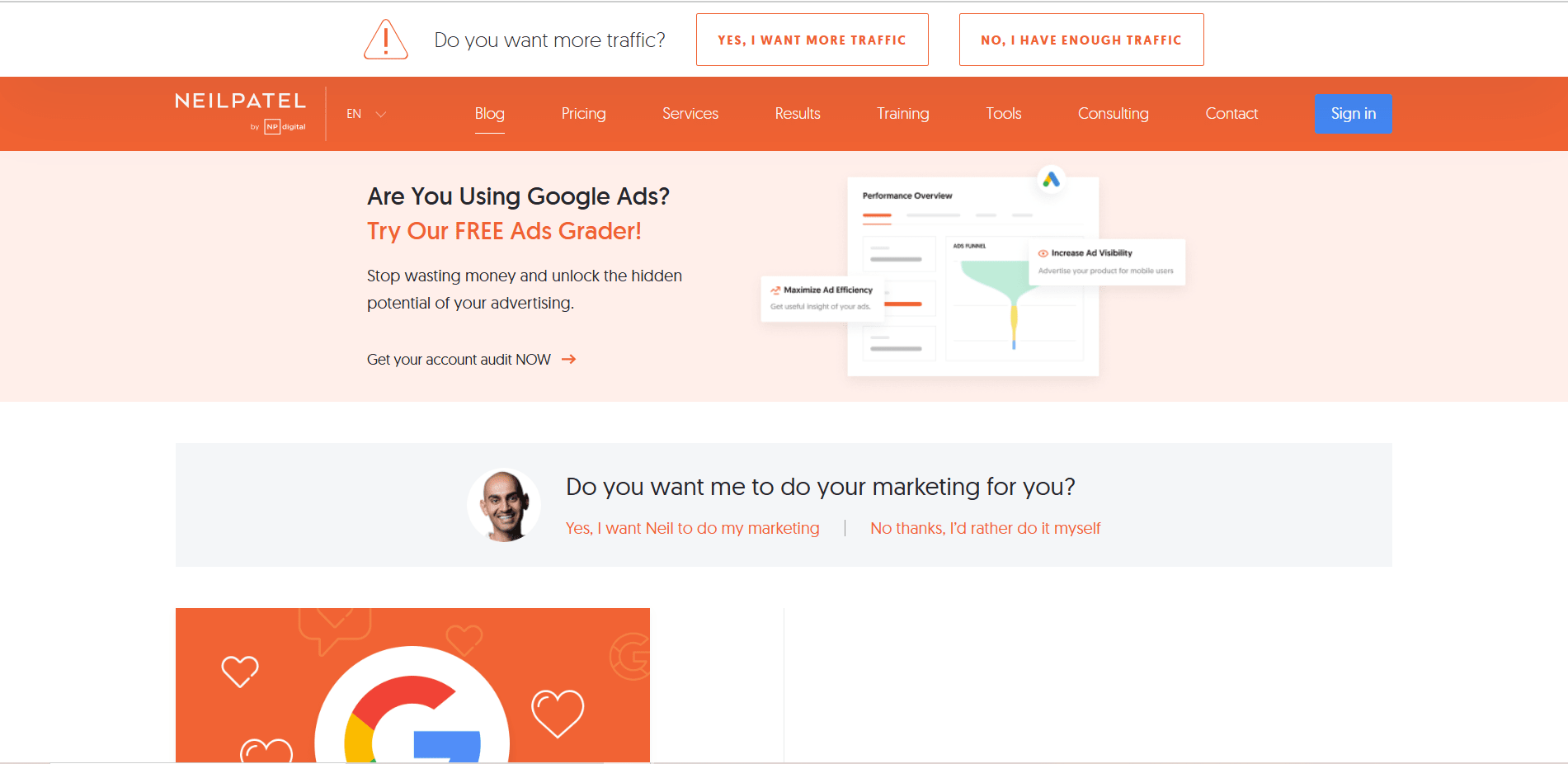
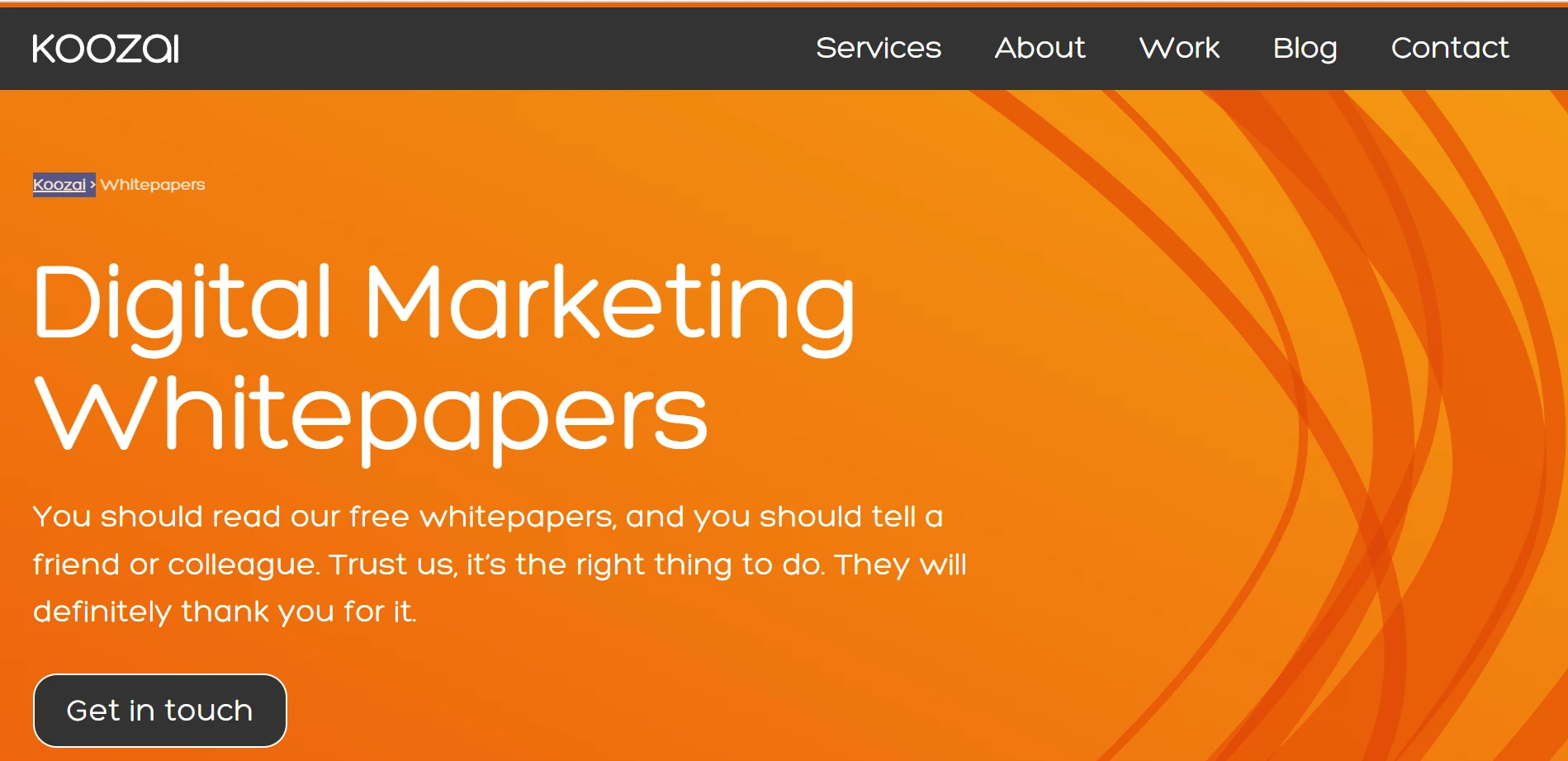
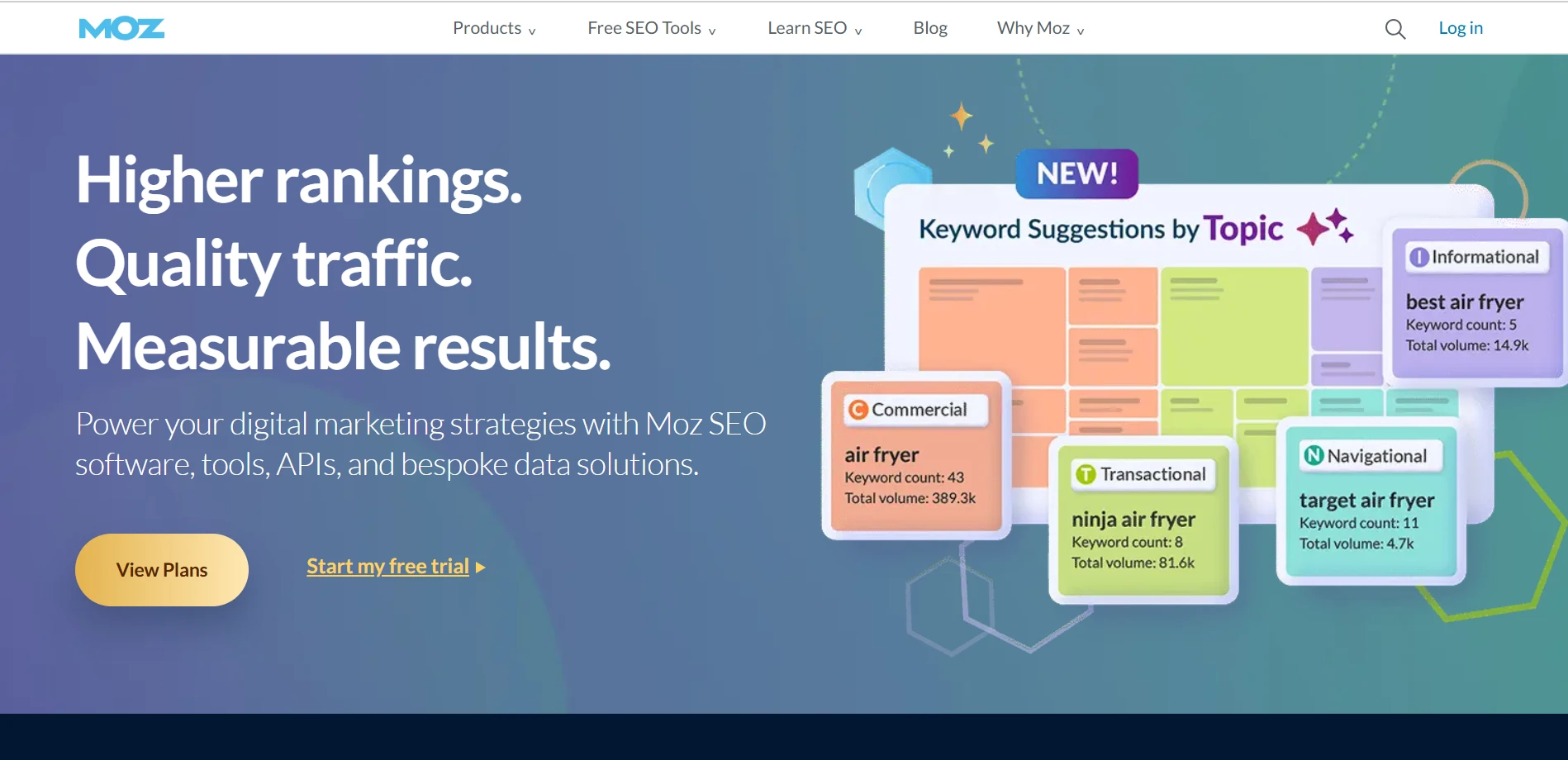
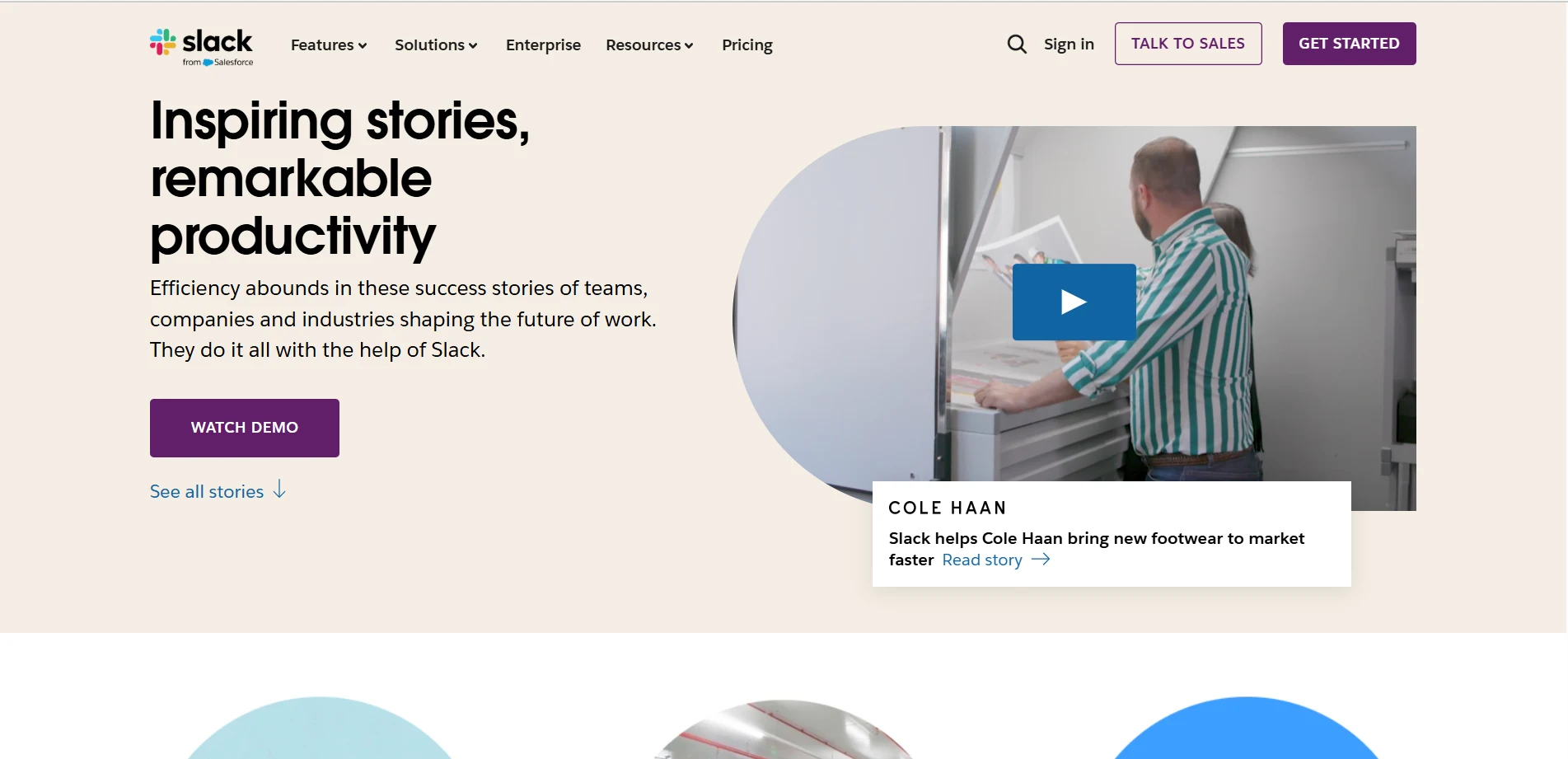
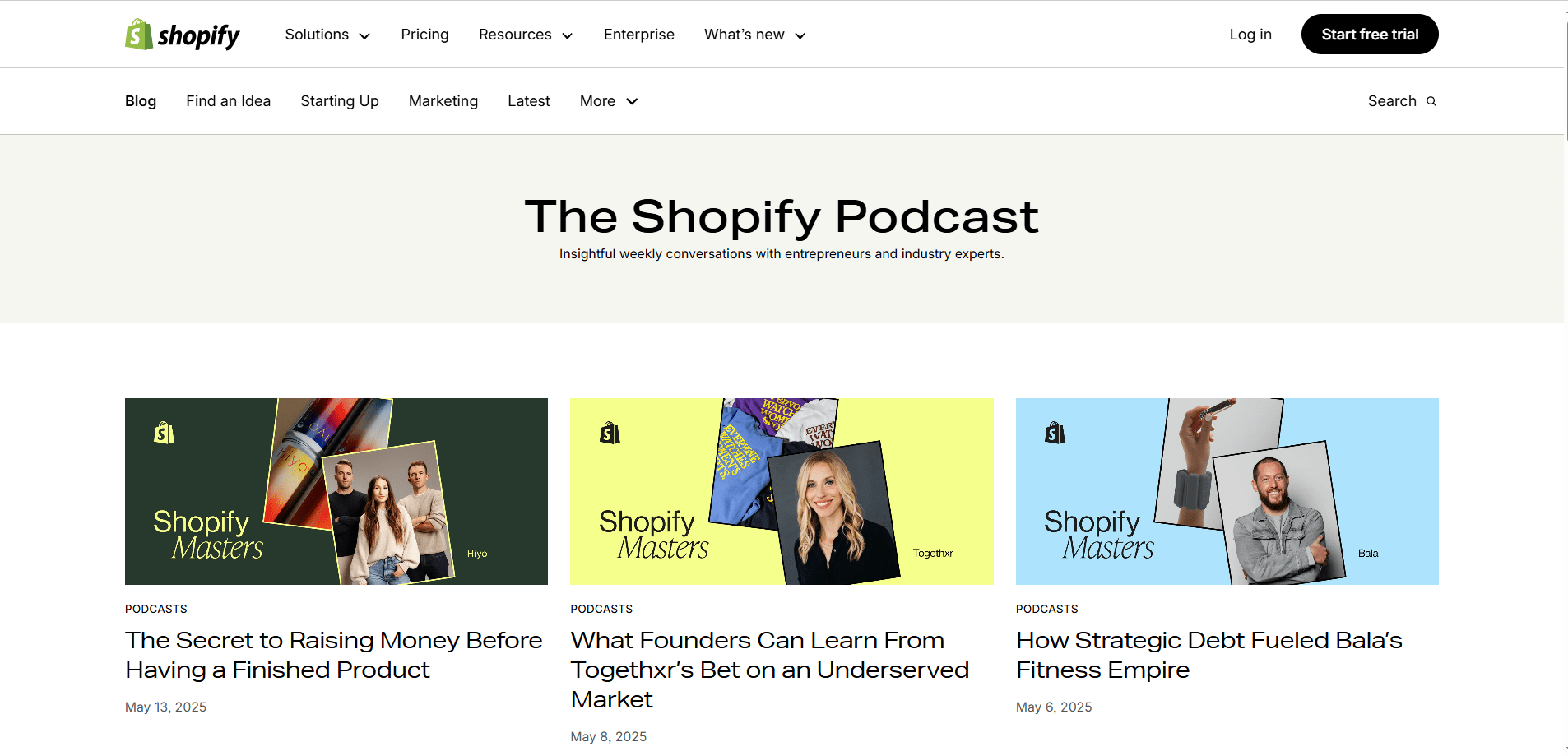
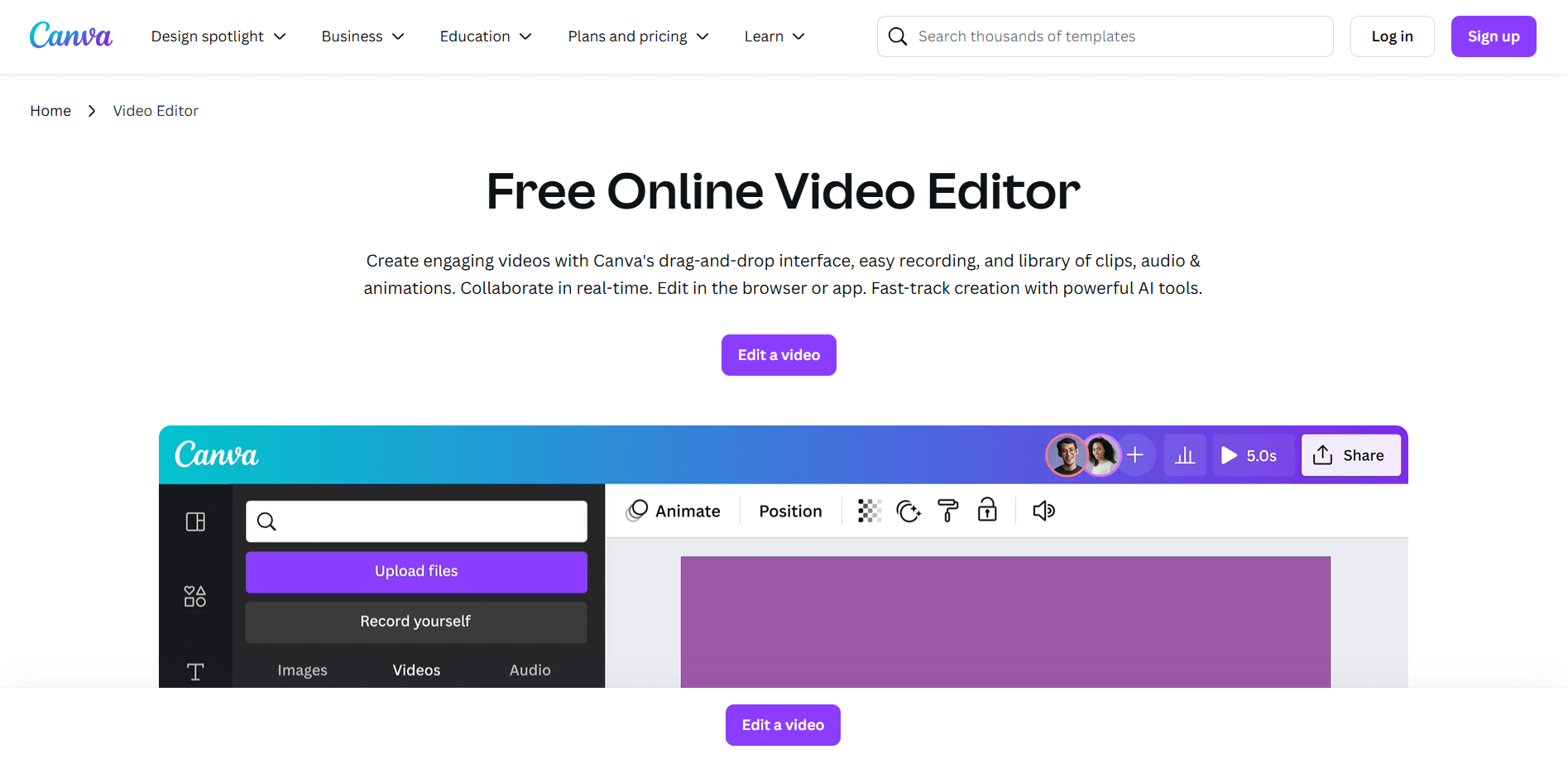
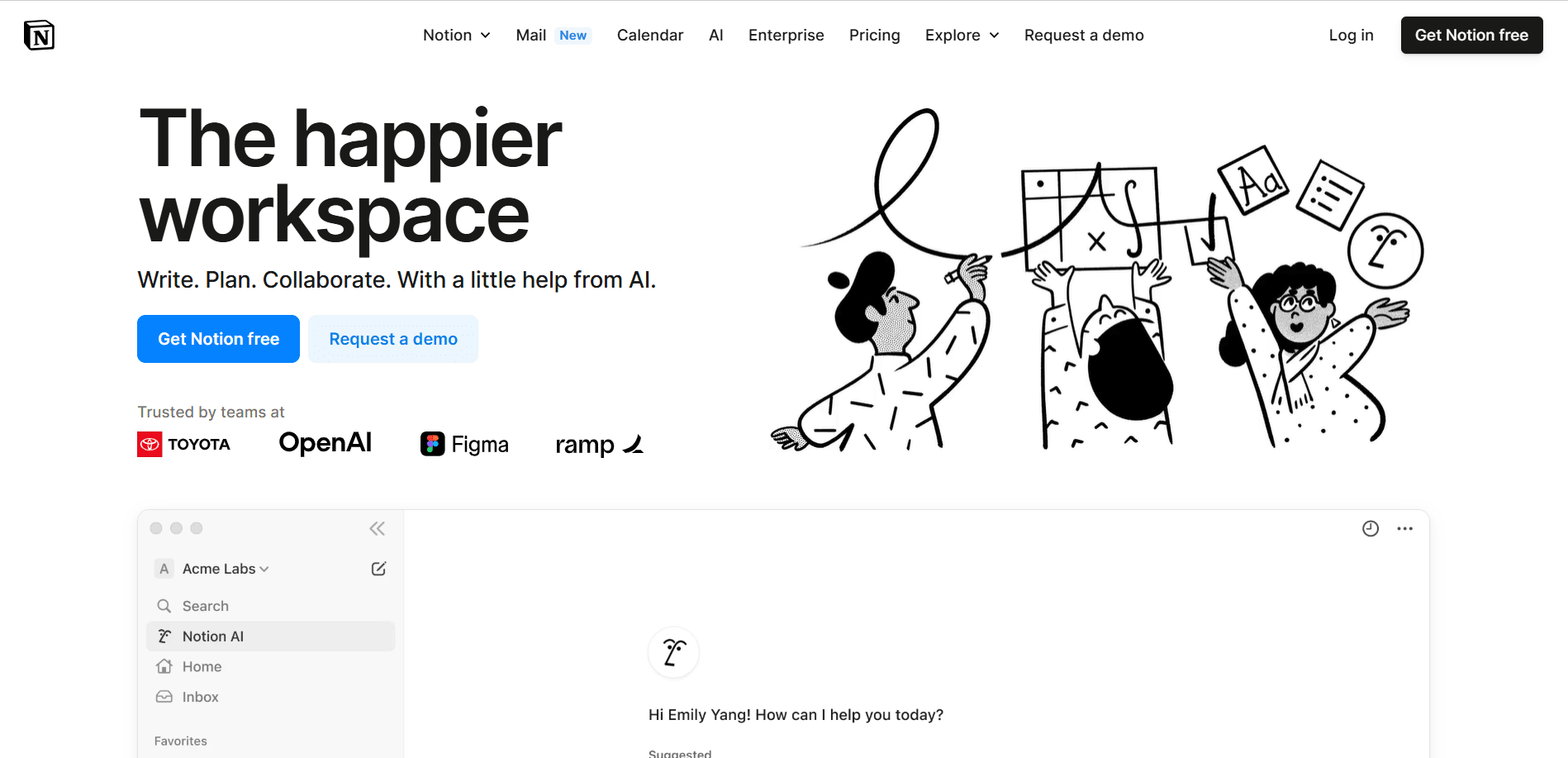
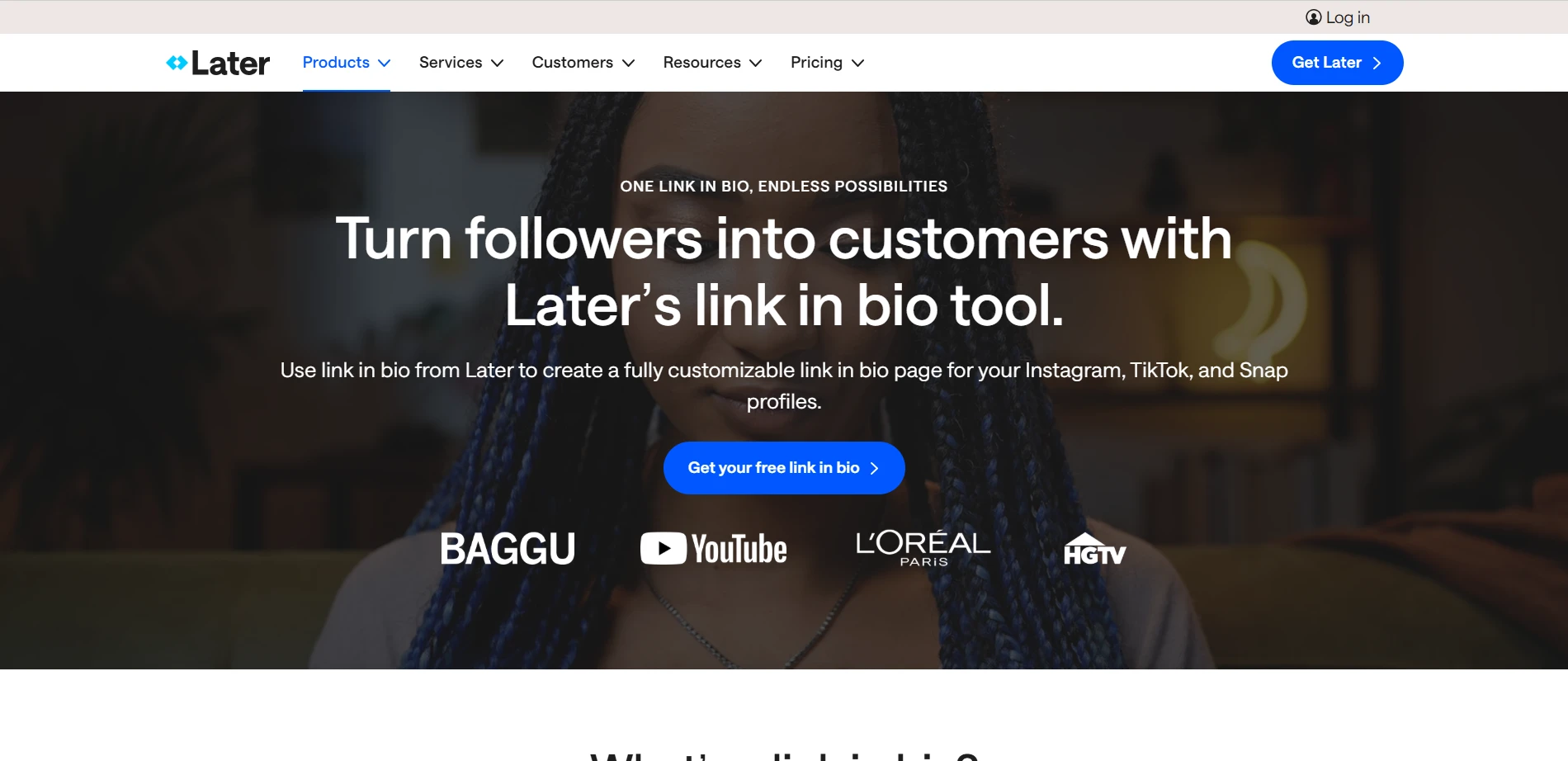
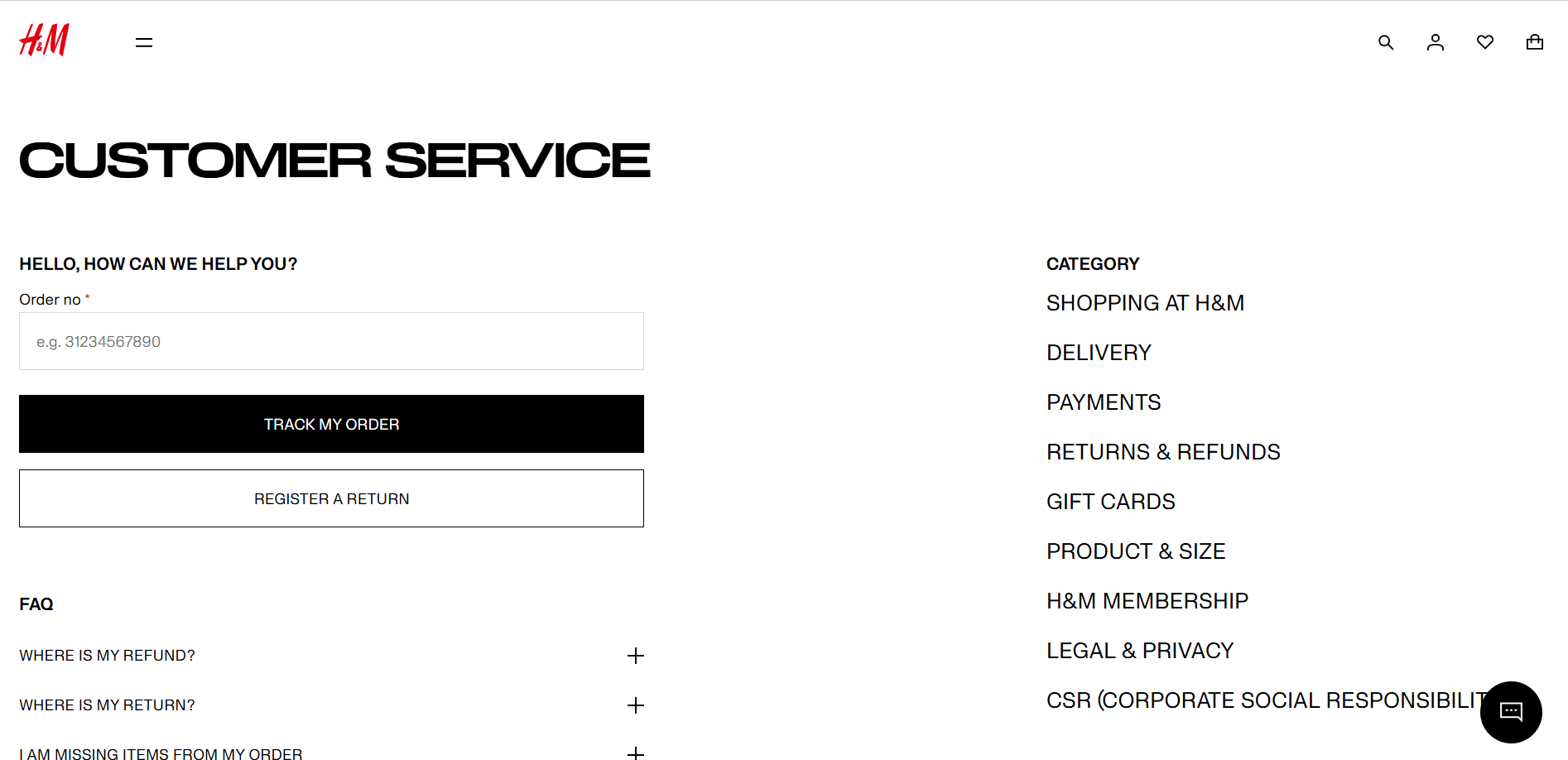

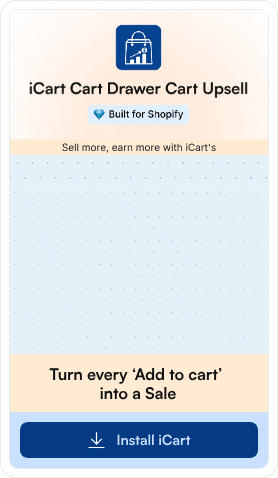
![How to Check Shopify Gift Card Balance? [+Best Gift Card Apps] How to Check Shopify Gift Card Balance? [+Best Gift Card Apps]](https://www.identixweb.com/wp-content/uploads/2025/12/09-12-Tue-Blog-How-to-Easily-Check-Shopify-Gift-Card-Balance_-1.webp)
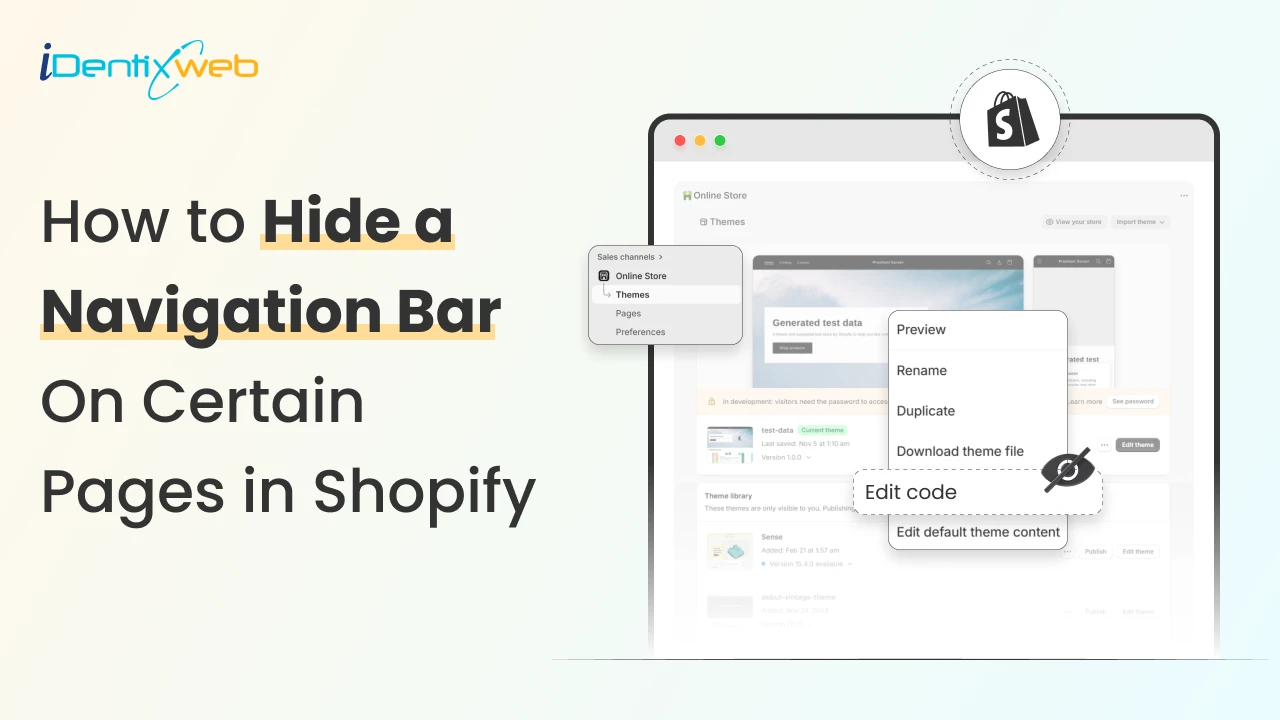
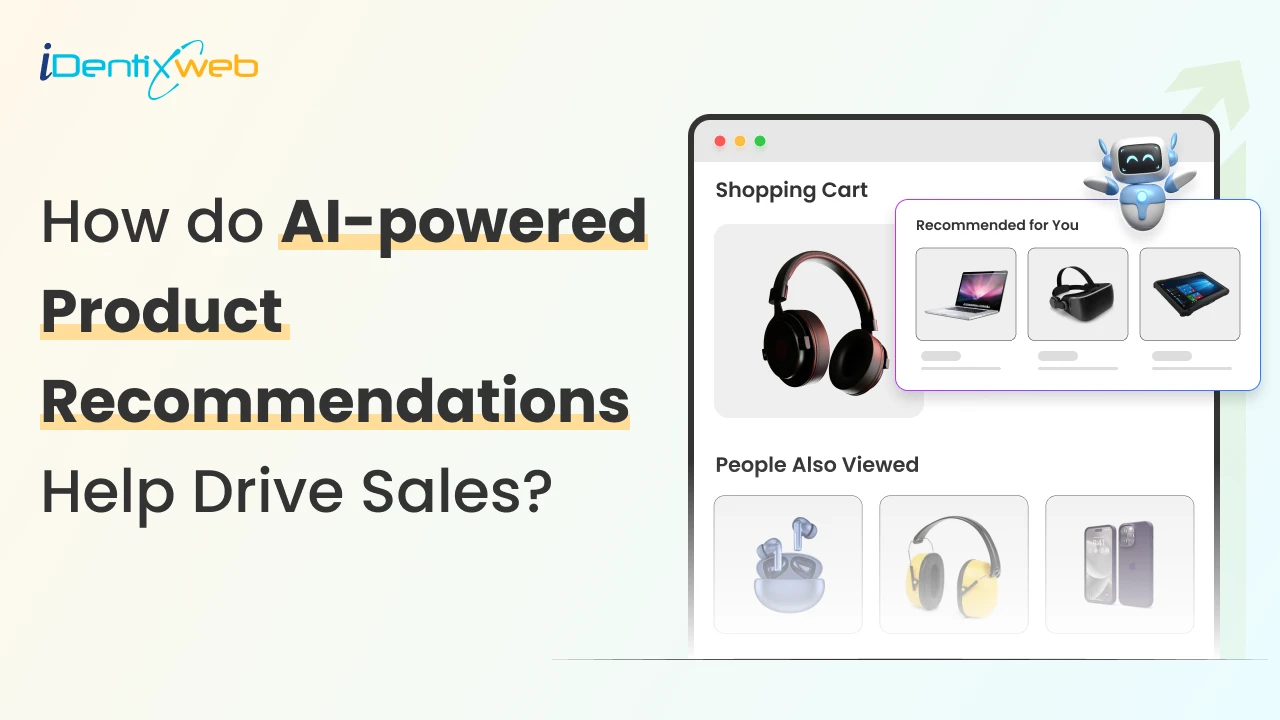
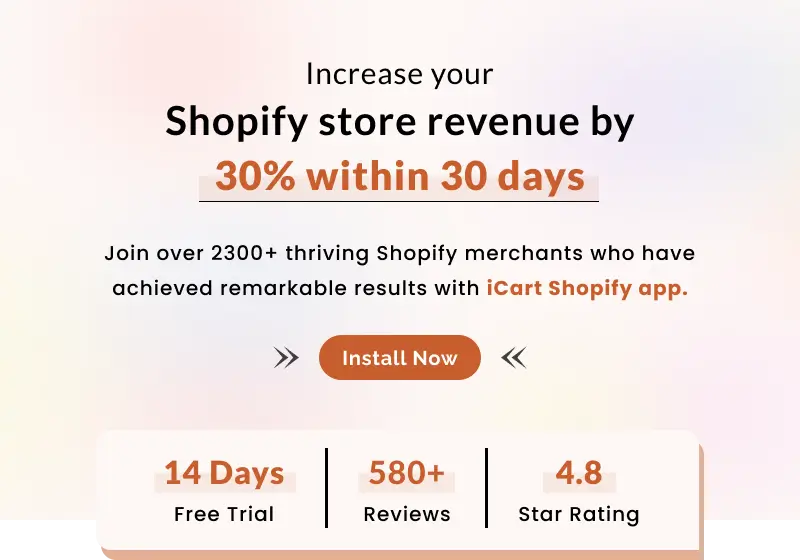
About the author
Bhavesha Ghatode
Explore Content with Bhavesha, a passionate and dedicated technical content writer with a keen understanding of e-commerce trends. She is committed to sharing valuable insights, practical assets, and the latest trends that can help businesses thrive in a competitive environment.